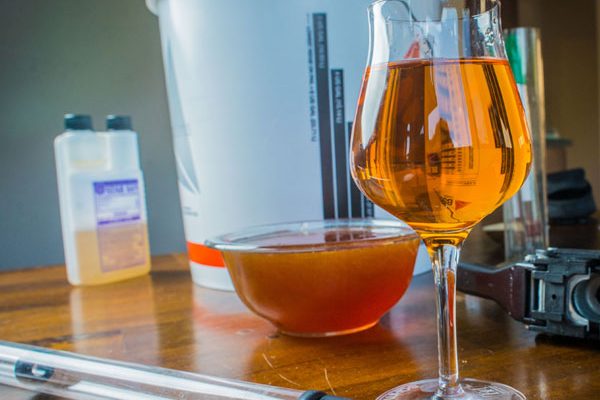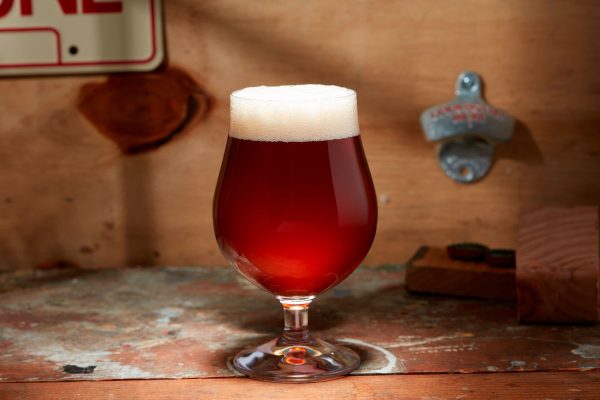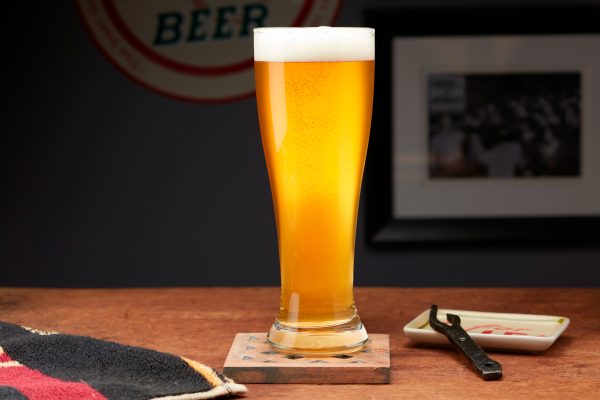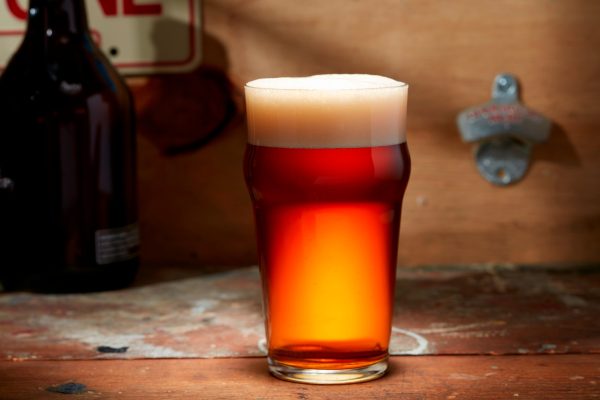
The following beer recipe is featured in the November/December 2008 issue of Zymurgy magazine. Access this issue along with the archives with Zymurgy Online!
In early May 2008, Charlie Papazian, along with his wife and close friends, ventured out to London to fulfill a desire to taste very old mead. Charlie and company were lucky enough to try some meads from 1947, 1948, and 1949. The seventh mead he tried on his mead-journey was a 1949 Gulval Bochet, which he noted had no sediment or indications that fruit had been used in the recipe, so it must've been 100-percent honey mead. And that it was!
The deep copper color and vanilla-like aroma were accompanied by a well-integrated, toffee-textured, sherry-like character. The group later discovered that bochet refers to "burnt mead," which would explain the toffee-like character and deep color. As Charlie said, "The three-day tasting experience was grueling, but someone had to do it."
The following beer recipe is featured in the November/December 2008 issue of Zymurgy magazine. Access this issue along with the archives with Zymurgy Online!
In early May 2008, Charlie Papazian, along with his wife and close friends, ventured out to London to fulfill a desire to taste very old mead. Charlie and company were lucky enough to try some meads from 1947, 1948, and 1949. The seventh mead he tried on his mead-journey was a 1949 Gulval Bochet, which he noted had no sediment or indications that fruit had been used in the recipe, so it must've been 100-percent honey mead. And that it was!
The deep copper color and vanilla-like aroma were accompanied by a well-integrated, toffee-textured, sherry-like character. The group later discovered that bochet refers to "burnt mead," which would explain the toffee-like character and deep color. As Charlie said, "The three-day tasting experience was grueling, but someone had to do it."
Ingredients:
- 18.5 lb. (8.2 kg) light honey
- 4 g yeast extract or appropriate amount of other yeast nutrient as recommended by your local homebrew supply shop
- 0.1 g zinc-fortified yeast as nutrient
- 3 Tbsp. (40 g) dried Champagne or mead yeast (Prise de Mousse or other Champagne yeast is an excellent choice)
Specifications:
Yield: 5 gallons (19 L)
Original Gravity: 1.130–1.138
Final Gravity: 1.028–1.038
ABV: ~14%
Directions:
Add honey to a pot. Do not add water. Gently boil the honey until it has turned dark and tastes caramelized. Add 1 gallon (3.8 L) of water and zinc-fortified yeast, and blend into “scorched” honey. Add this hot honey and water mixture to 2 gallons (7.6 L) of cold water in your primary fermenter. Add more cold water as needed to achieve 5 gallons total volume. Aerate extremely well and add dissolved yeast nutrient (yeast extract). When temperature is below 80° F (26.5° C) add rehydrated yeast. Mead is best initially fermented between 70 and 75° F (21–24° C). Ferment until activity is very low; this may take three weeks to three months. Rack to secondary fermenter. Secondary can be stored at cooler temperatures. Rack off sediment after six months to a year. Bottle when clear and all fermentation has ceased. Cork in wine bottles for long-term aging. If using beer bottles or Champagne bottles that can accept bottle caps, dip capped bottle top in melted paraffin to inhibit air ingress into bottle. Best after 50 years, but worth indulging in when you and the mead are ready.






Share Post